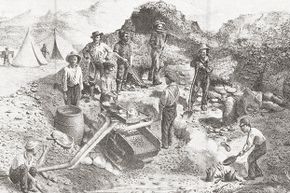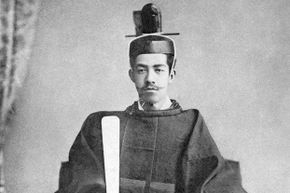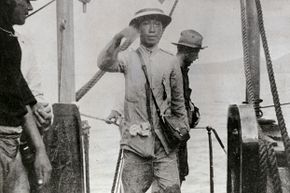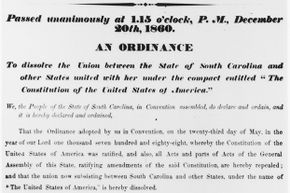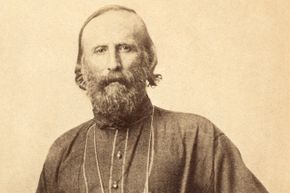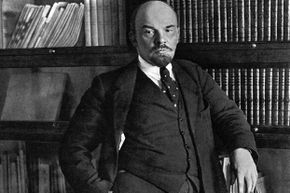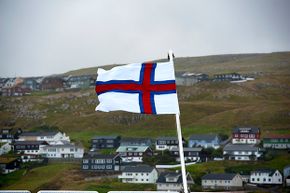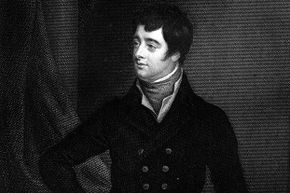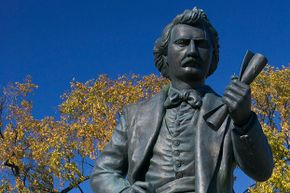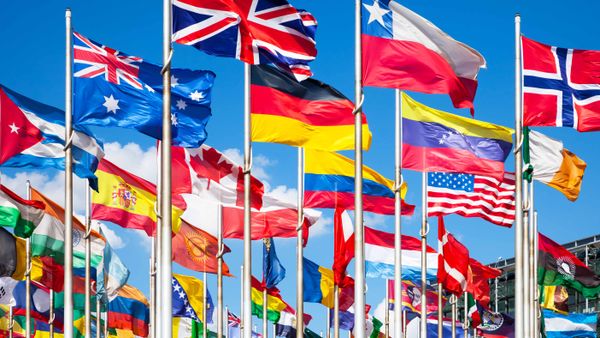On a map, the outlines of countries look like fixed, immutable borders, their names printed in thick, black letters that couldn't easily be erased. But in reality, countries come and go with alarming frequency. Where are the kingdoms of Tolosa, Alt Clud, Burgundia or Borussia? What about the USSR, Yugoslavia or East Germany? And just how united is the United Kingdom after the Brexit vote?
One problem is that defining a country is hard. Taiwan, for instance, considers itself a country and has its own elected government but no representation at the United Nations. Right now, all around the world, there are regions fighting for their independence, sometimes legally, sometimes violently.
Advertisement
Luck and historical circumstance determine borders and identities. As the following list of 10 briefly extant nations illustrates, there is no rule, or even set of rules, that can predict which countries will endure and which will flicker in and out of existence within days or even hours.

